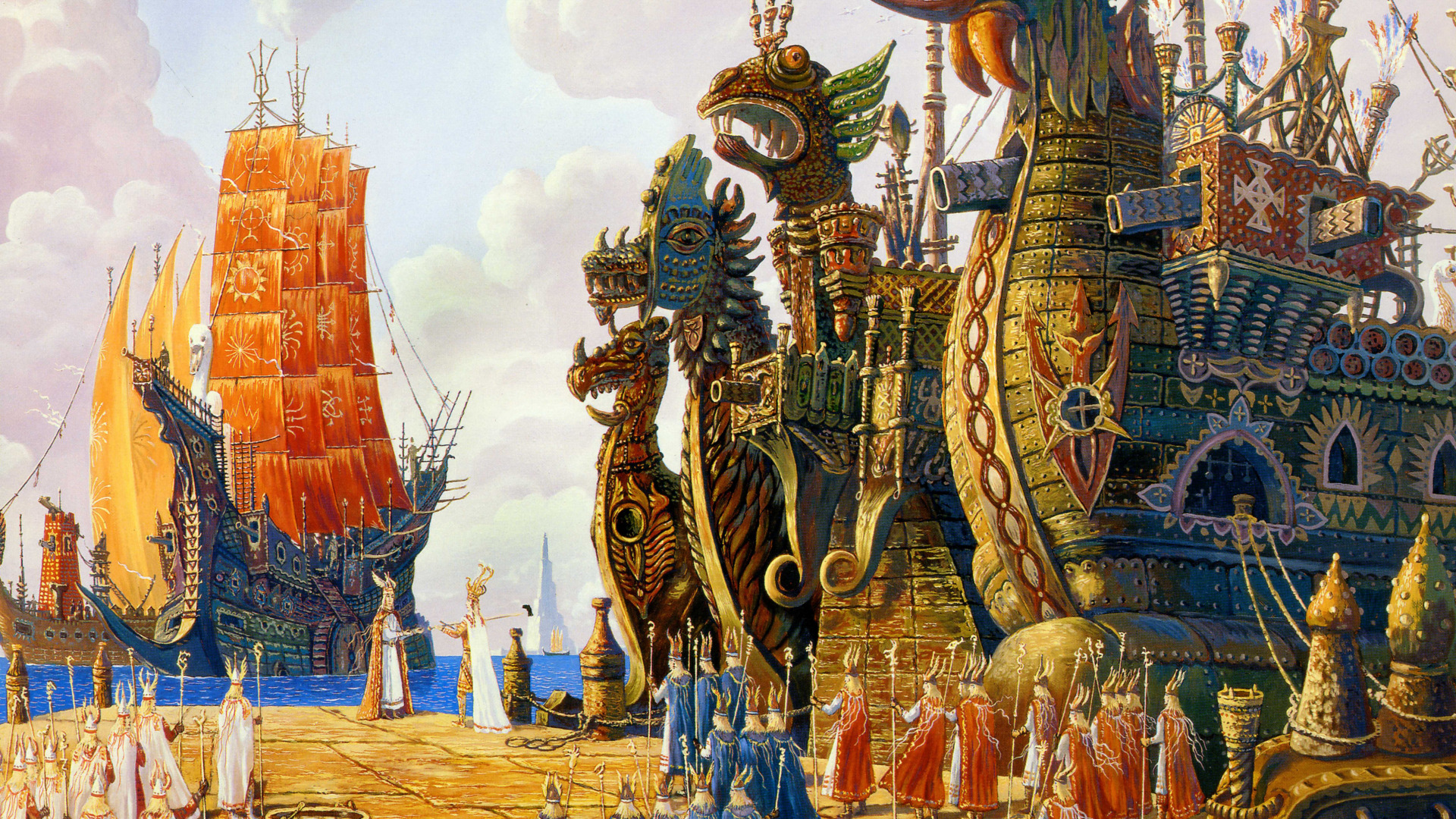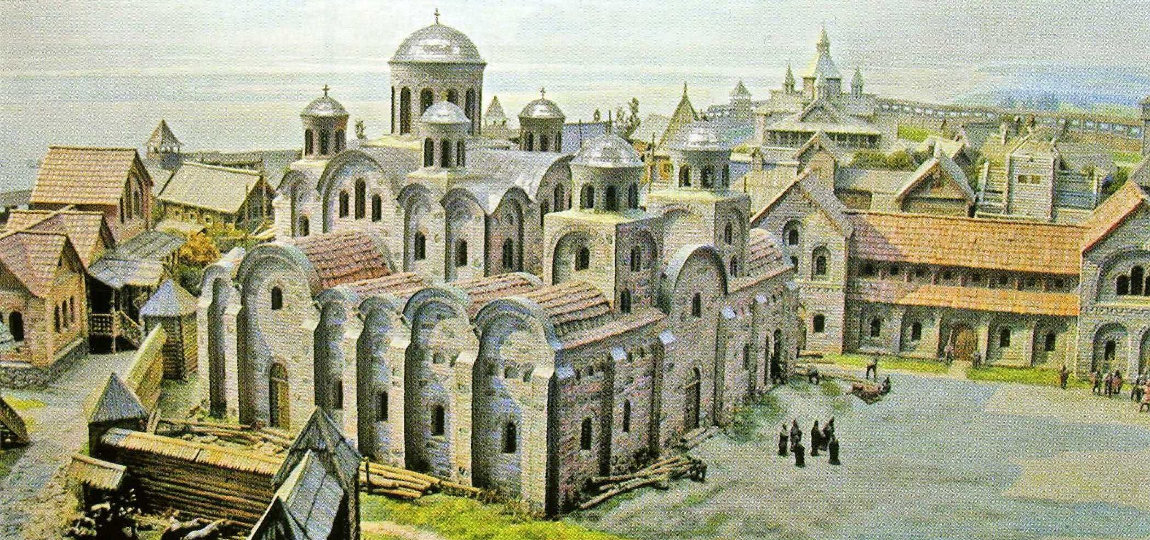The historical definition of «ancient Russian culture» is considered to be the fundamental period from the 9th century, when there were cardinal changes in religion and the strengthening of Russian statehood until the invasion of the Tatar-Mongol tribes in the middle of the 13th century. In this time period, the unification of the East Slavic tribes took place, the Christianization of Russia was made, writing began to develop, which in turn contributed to enlightenment and education.
The main stages of the heyday of Kievan Rus
IX-XII centuries – the transition from, traditional at that time, patriarchal to early feudal relations. During this period, Russia was very close in terms of the degree of development to other European states. However, the peculiarity of the geographical location and other specific factors of development led to the formation of the individual traits of Russian culture.

The most significant progress in the ancient Russian culture of Kievan Rus took place with the formation of large administrative and trade centers: Novgorod, Smolensk, Kiev and other settlements. The emergence of cities primarily led to the development of defensive architecture. Fortifications made of wood were replaced by stone buildings. Trade with the Byzantine Empire, Western European countries contributed to the development of artistic crafts, jewelry production, skillful forging and other activities.
With the proclamation of Christianity as the state religion, writing appeared, which in turn gave impetus to the development of church literature, music and book art, as well as the beginning of school education. An important stage of cultural development is church construction. The stone temples that have survived to our times are excellent examples of the architecture of the Ancient Russian state.

